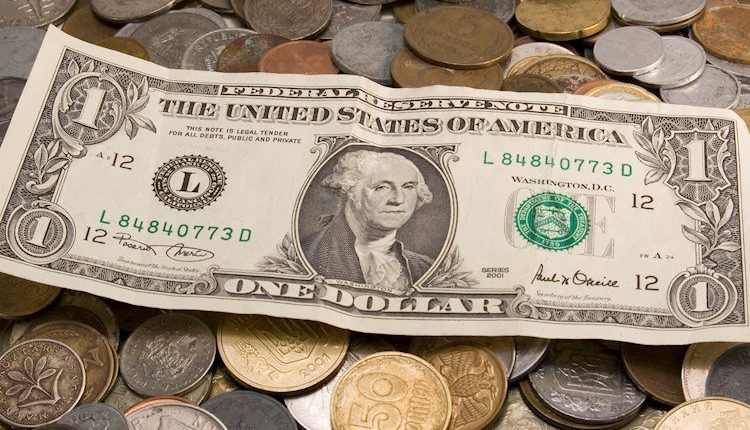- US Dollar Index falls near 106.00 on a quiet Friday.
- DXY stands soft as US markets open on Black Friday after remaining closed on Thursday.
- The hawkish Fed and strong economic outlook from the US might limit the downside.
The US Dollar Index (DXY), which measures the value of the USD against a basket of currencies, trades near 106.10 with mild losses but trimmed most of its daily losses, which saw the index below 106.00.
Overall, the US Dollar maintains a bullish outlook, supported by strong economic data and a hawkish Federal Reserve (Fed) stance. Despite profit-taking and geopolitical uncertainty, the uptrend remains intact.
This week, thin liquidity and market holidays have resulted in reduced trading activity, but the DXY is expected to continue its upward trajectory due to robust US economic growth.
Daily digest market movers: US Dollar stabilises on Friday ahead of the weekend
- The US Dollar Index is currently trading near 106.00 with slight losses.
- The Greenback has recovered since the reopening of US markets on Black Friday.
- The Euro’s rally, which pressured the USD, has subsided, influencing the DXY’s behavior.
- The Fed’s hawkish stance might continue pushing the index higher.
- This week’s Federal Open Market Committee Minutes suggested that the Fed is in no rush to cut rates.
- Some participants cautioned that disinflation could take longer than expected. Officials discussed a “technical adjustment” to money market operations.
- According to the CME FedWatch Tool, the odds of a December rate cut have risen to around 66%.
DXY technical outlook: Despite profit-taking, outlook remains bullish
Technical indicators for the DXY suggest a period of consolidation with the Relative Strength Index (RSI) and Moving Average Convergence Divergence (MACD) indicators hovering around neutral levels.
Despite a recent dip below the 20-day Simple Moving Average (SMA), the index has quickly recovered, indicating that the uptrend remains intact. Key support is found at 106.00-106.50, while resistance is at 108.00. The overall bullish momentum suggests that the uptrend is likely to continue in the medium term as the US economy remains robust and the Fed is expected to cool down rate cut bets. Traders should monitor the 106.00 level closely as a break below this level could trigger further downside.
Fed FAQs
Monetary policy in the US is shaped by the Federal Reserve (Fed). The Fed has two mandates: to achieve price stability and foster full employment. Its primary tool to achieve these goals is by adjusting interest rates. When prices are rising too quickly and inflation is above the Fed’s 2% target, it raises interest rates, increasing borrowing costs throughout the economy. This results in a stronger US Dollar (USD) as it makes the US a more attractive place for international investors to park their money. When inflation falls below 2% or the Unemployment Rate is too high, the Fed may lower interest rates to encourage borrowing, which weighs on the Greenback.
The Federal Reserve (Fed) holds eight policy meetings a year, where the Federal Open Market Committee (FOMC) assesses economic conditions and makes monetary policy decisions. The FOMC is attended by twelve Fed officials – the seven members of the Board of Governors, the president of the Federal Reserve Bank of New York, and four of the remaining eleven regional Reserve Bank presidents, who serve one-year terms on a rotating basis.
In extreme situations, the Federal Reserve may resort to a policy named Quantitative Easing (QE). QE is the process by which the Fed substantially increases the flow of credit in a stuck financial system. It is a non-standard policy measure used during crises or when inflation is extremely low. It was the Fed’s weapon of choice during the Great Financial Crisis in 2008. It involves the Fed printing more Dollars and using them to buy high grade bonds from financial institutions. QE usually weakens the US Dollar.
Quantitative tightening (QT) is the reverse process of QE, whereby the Federal Reserve stops buying bonds from financial institutions and does not reinvest the principal from the bonds it holds maturing, to purchase new bonds. It is usually positive for the value of the US Dollar.
Read the full article here

